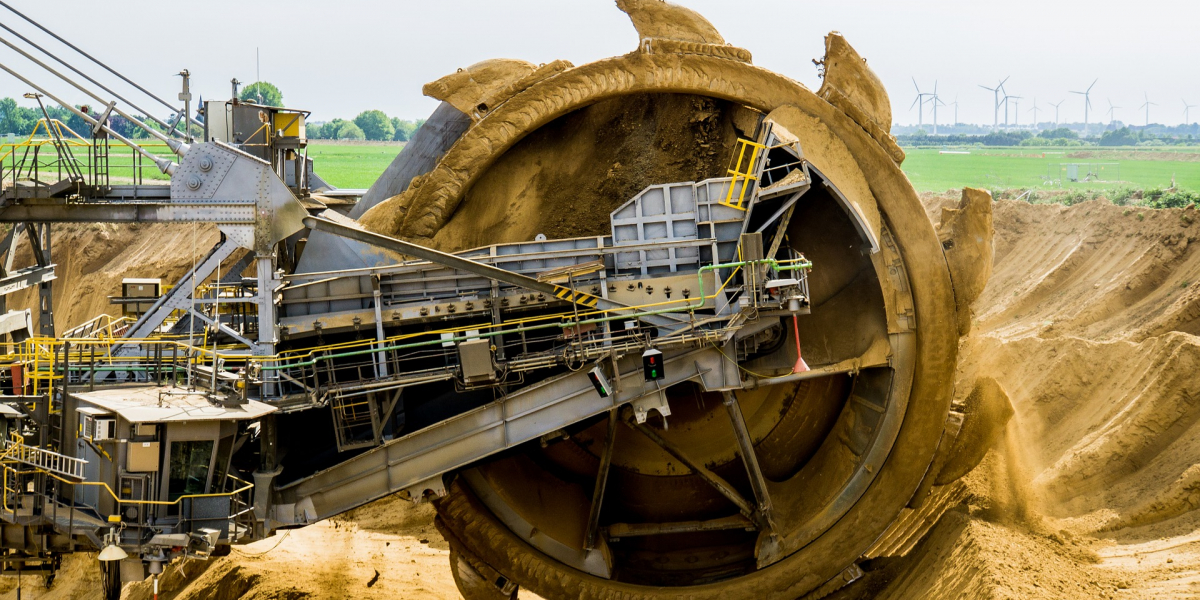
July 22, 2021
Smart Prosperity Institute has released a new report on Primary Materials in the Emerging Circular Economy: Implications for upstream resource producers and primary material exporters.
About the report: At its ideal, the vision for a circular economy (CE) is one where the needs of an increasingly populous and wealthy global society can be met within the safe boundaries of key ecological systems and processes. While global research and policy interest in shifting to a CE are accordingly accelerating, early strategic thinking and policy development on the CE have been led by resource-importing economies, and perhaps for this reason have a downstream focus on closing the loop for materials now flowing out of the economy as ‘waste’. Primary resource sectors and producers have correspondingly been left on the periphery, as flows simply ‘to be minimized’.
While reducing primary material inputs and waste generation in any given sector or region is indisputably a central tenant of an effective CE transition, the relevance of globally emerging CE policy discussions for economies with significant primary resource-producing sectors, such as Canada, but also the United States, Australia, Norway, and many countries in the Global South, is accordingly not well researched or understood. This report has sought to fill that gap, and to address increasing interest in the implications of a shift towards CE strategies in global markets for resource-producers; and the mining, metals and minerals sector particularly. In doing so, we hope to inform public discourse and enhance policy discussions to manage a CE transition amid the related challenges of growing global material demand and the (likely significant) material demands of a low-carbon economy, which will push the limits of resource production to remain within the Earth's carrying capacity.
Key findings: The report provides an initial attempt to consider the implications of emerging global CE frameworks for upstream natural resource producers. Our findings suggest that while CE policies may reduce demand for primary raw materials in specific countries or regions, an inconvenient truth challenging many popular conceptions of the CE is that a preponderance of evidence from the World Bank, UN Environment Programme (UNEP), the Organisation for Economic Cooperation and Development (OECD), and others suggests ongoing (and likely increasing) demand for primary metals and minerals over the coming decades – even with increased rates of material recovery, reuse and recycling in an emergent CE. This understanding is driven by expectations of the material requirements for a low-carbon transition, alongside projections of increasing material demand from emerging economies and realistic assessments of secondary material supply constraints in the near- to medium-term.
These findings open a conversation about the role of primary natural resources – and the mining, metals and minerals sector particularly – in an emerging CE. By improving understanding of how a low-carbon, circular transition may impact future primary material demand, we are gaining a better sense of the policies and practices that may be needed to support natural resource producing economies in an increasingly circular, materially intensive global economy. However, this emerging understanding of the critical role for primary material production in the global transition to a low-carbon, circular economy is only an initial step. Without undermining the importance of secondary material economies and the need to take a very serious approach to reducing overall consumption levels, there is an urgent need to develop a fuller picture of the real-world implications of a low-carbon, CE transition for primary resource producing economies.
Pathways Forward: Without question, broad implementation of a CE will bring new and different challenges for resource-producing economies. Identifying policies and strategies to increase innovations for improved recycling, recovery and traceability will be necessary to integrate primary resource sectors in increasingly circular value chains.
In a series of multi-stakeholder knowledge-mobilization activities undertaken to share initial findings from this report, key messages and opportunities for advancing CE approaches in primary resource sectors, and the mining, metals and minerals sector specifically, included:
1) Improving understanding and data availability to inform CE practices: Such activities could include developing common standards for recyclability and measures of critical materials in end-of-life products and waste.
2) Developing a common understanding between CE and established sustainability initiatives: A common language around how CE principles and practices relate to established sustainability discussions is required, including the specific challenges and opportunities that arise at the local, national or regional scale, and across value chains.
3) Prioritizing CE approaches for strategic (or climate action) metals and minerals and improving partnerships for upstream CE innovation: This includes new research, programs and policy initiatives to both advance circularity in critical low-carbon metal and mineral value chains and enable pre-competitive collaboration to accelerate innovation and de-risk CE investment.
Acknowledgements: This report has been completed with support from the United Nations Environment Programme North America Office. It was also supported, in part, by funding from the Social Sciences and Humanities Research Council of Canada, and Natural Resources Canada. The views expressed in this report do not necessarily represent the opinions, decisions, or the stated policies of the United Nations Environment Programme, or of the Social Sciences and Humanities Research Council of Canada, or Natural Resources Canada or any other project advisors.